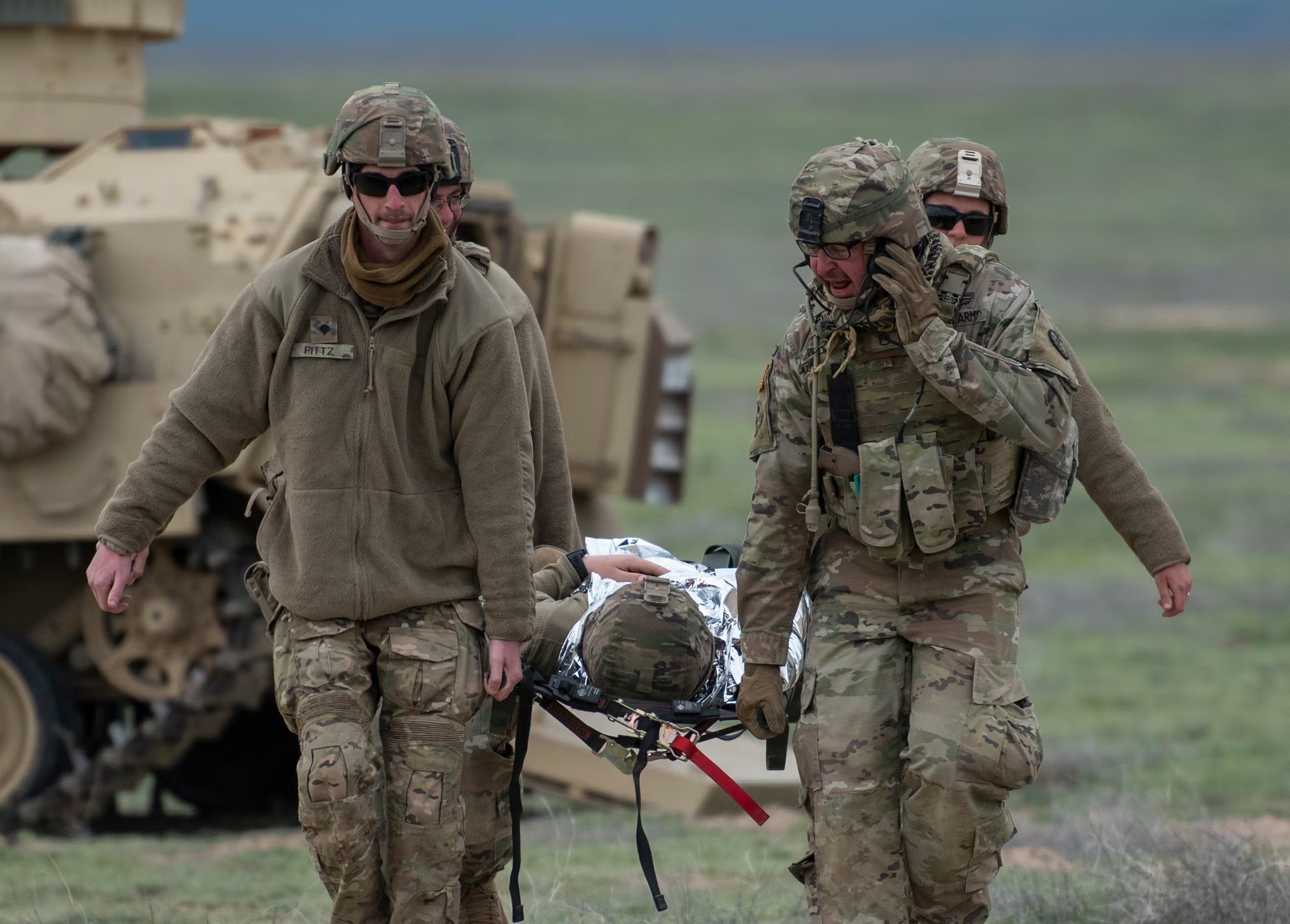While Congress and the White House often are blamed for the military's aging equipment and shrinking force size, it's really the Pentagon's policies that are to blame. But it's these policies that have strengthened the military's overall readiness, a new report concludes.
The size of the military has been shrinking while it's equipment has been aging in recent decades, despite consistent spending increases, according to a new Center for New American Security report by Steven Kosiak with the Center for New American Security.
"Measured in terms of personnel and major weapons platforms, the size of the U.S. military has been on a generally downward trajectory for decades," wrote CNAS Adjunct Senior Fellow Steven Kosiak in the report. "The path has not been simple, uniform, or smooth, and there have been important exceptions in certain areas. Nevertheless, the overall trend is unmistakable and, viewed from a long-term perspective, quite consistent."
Figures presented by Kosiak confirm this. With regard to personnel, the military went from 2.9 million active duty soldiers in the 1950s, to 2.1 million after the Vietnam War in 1975, 1.3 million active duty soldiers today.
President Trump has expressed his desire to see the Navy’s fleet increase in size from its current 272 ships to up to 350, but this number pales in comparison to the fleet size of over 1,000 ships in 1955 and even down to 560 at the end of the Vietnam conflict.
The Air Force’s fighter and attack aircraft fleet size has gone down from 4,400 planes 30 years ago to 2,000 today, according to Kosiak, who noted a decline in the frequency in which new weapons systems are developed. The report also points out slightly more modest decreases in the Air Force’s fleet of support and transport planes.
"Between 1946 and 1965, the Air Force deployed 15 different types of fighter and attack aircraft," writes Kosiak. "By comparison, between 1966 and 1985 it introduced only five new aircraft of these types. And in the roughly 30 years since, it has introduced only two new designs – the F-22 and the F-35," he added.
But while the numbers show a decline in personnel size, fleet size and modernization efforts, the defense budget is not to blame.
"Viewed from a long-term perspective, neither the defense budget top line nor overall acquisition funding has declined," writes Kosiak. "If anything, over time, the defense budget top line has grown modestly in real (inflation-adjusted) terms," he added.
Defense spending has
actually increased actually
increased over time, including when adjusted for inflation, according to the report. Despite a few dips and gains, defense acquisition spending has remained relatively stable.
??
Kosiak attributes the decrease in the number of service members to increased spending on individuals and their dependents. For example, while the number of soldiers has gone down over time, the number of soldiers, retirees and beneficiaries taken togetherer has risen from 9 million to 9.4 million since the 1980s.
personnel size to large increases on the amount DoD is spending on the individual troop and associated beneficiaries.
"[F]unding grew from about $50,000 per troop in 1955 to $111,000 in 1980 and $184,000 by 2000. Today [Operations & Support ] spending per troop stands at about $266,000," writes Kosiak. Overall spending on O & S is about $341 billion today, 19 percent higher than at the end of the Cold War and more than double what it was at the start of the Vietnam conflict.
While the number of soldiers has gone down, the number of beneficiaries, soldiers, retirees and beneficiaries, has risen from 9 million to 9.4 million since the 1980s.
Annual sppending on DoD civilian employees also has increased since the 1980s, by an average of $34,000.
"[T]he increased spending on O&S activities has reflected a policy choice," writes Kosiak. "It is a choice that rests on the assumption that increasing pay and other O&S spending per troop is the best way to maintain or improve the effectiveness of the military’s overall combat capabilities," he added.
Also contributing to overall defense spending is more expensive acquisitions. The new F-35 Joint Strike Fighter, for example, is by far the Pentagon's largest acquisitions program at $350 billion.
"[T]he aircraft the F-35 is intended to replace had total development costs of about $21 billion and unit procurement costs ranging from about $16 million (for the A-10) to $64 million (for the F/A-18)," writes Kosiak.
The report does note, however, that this kind of cost growth is typical in acquisition programs. Over time, though, and despite perhaps cheaper alternatives, the Pentagon's pollcymakers have
the Pentagon has 's modernization efforts have used other means to advance the military's capabilities, such as the switch to drones. But Kosiak notes that these policymakers have
had a strong preference over time for more costly, yet more capable next generation weapons systems.
Finally, Kosiak notes that longevity of weapons systems has been a part of DoD’s approach to modernization.
"The flip side of its preference for pursuing the acquisition of very capable and costly next-generation weapon systems is a willingness to keep current-generation systems in the force longer," he writes.
is a Washington, D.C., based think-tank, founded in 2007 and focused on U.S. national security issues.




